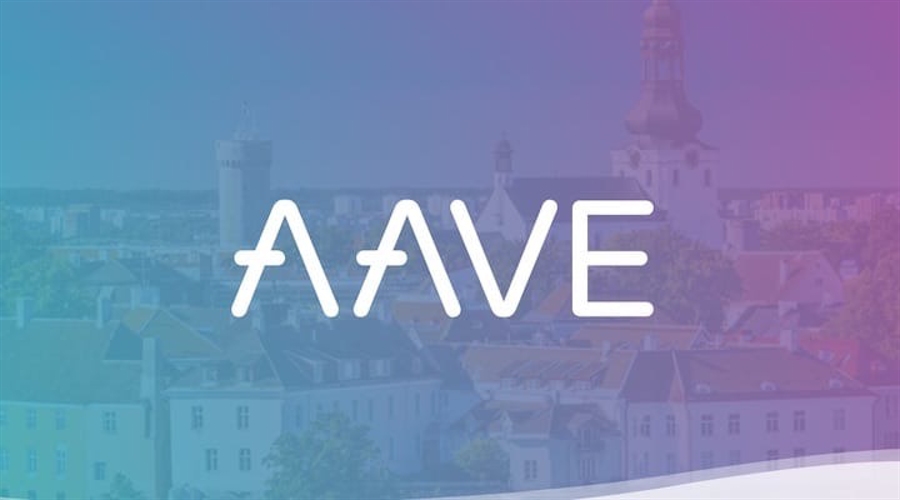AAVE functions as a crypto version of banks in terms of borrowing and lending, but does this platform carry an inherent risk?
If you ever had to get a loan or mortgage, you’re no stranger to the concept of putting up a down payment, borrowing money, and making payments as you go until you’ve successfully paid the money back (plus interest, of course).
It is a decentralized finance application which connects people who wish to borrow money to those who wish to lend it, even if it’s just for a flash loan.
This peer-to-peer (P2P) lending mechanism operates using cryptocurrencies, which will be the assets that get traded) and an algorithm which matches lenders to borrowers while at the same time determining the lending rates.
AAVE also features the AAVE token, which is an Ethereum token that gives its holders the ability to vote on whichever changes they want to see made in the application, meaning that the AAVE token is what allows for governance of their platform.
The history of AAVE can be traced back all the way to 2017, although with a different name at the time.
A group of developers were working on ETHLend, a platform in which borrowers and lenders could meet. The platform, however, wasn’t fully automatic as borrowers needed to wait for lenders to find them and meet them.
As the project faced problems regarding liquidity and in the matching process, it had to be overhauled entirely.
This paved the way for the creation of AAVE as blockchain tech, especially with smart contracts, gave them the solutions they needed.
As a side note, if you’re not familiar with smart contracts, they are basically a coded contract which will only run if a certain number of pre-agreed and pre-programmed conditions are met.
As such, AAVE network users could simply use smart contracts not only for finding and matching borrowers and lenders, but also for depositing money, determining loan rates based on how much liquidity was in each one of them, earning interest, and so forth.
Privacy Under AAVE
The whole process of borrowing and lending through AAVE is anonymous and unregulated by banks.
In fact, no one else can see what agreements users are actually doing in the platform and no one can tell who is on the other end of the smart contracts being made there, which is probably why the…
























